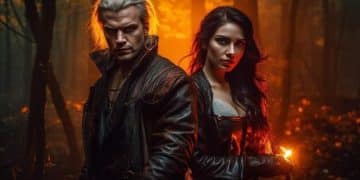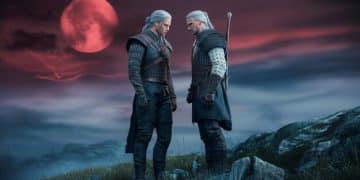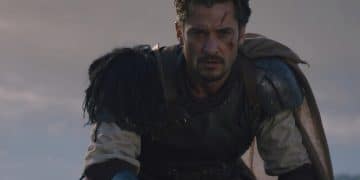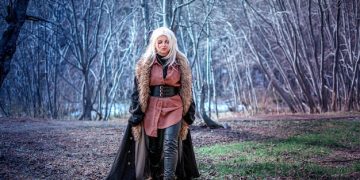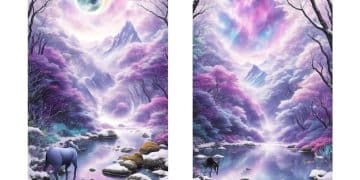The Witcher Season 3: Battle Sequences & Special Effects Analysis
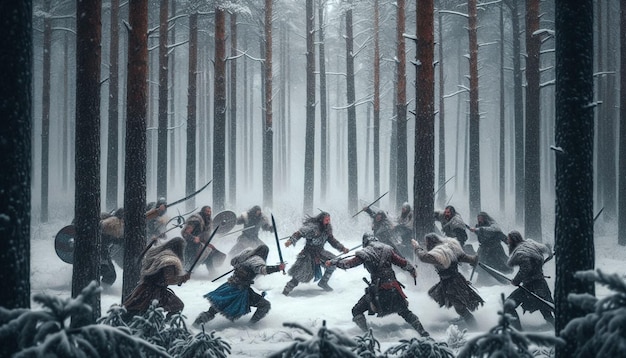
‘The Witcher’ Season 3 on Netflix delivers visually stunning battle sequences and impressive special effects, enhancing the overall viewing experience and staying true to the fantasy world.
Season 3 of ‘The Witcher’ on Netflix offered fans a mix of political intrigue and action-packed battles. The blend of practical and digital effects brought the Continent to life. Let’s dive into the standout moments and techniques.
Analyzing the Combat Choreography in ‘The Witcher’ Season 3
The fight choreography in Season 3 aimed to be more visceral and character-driven. It moved beyond mere spectacle to enhance the narrative.
Geralt’s Fighting Style Evolution
One focal point was the evolution of Geralt’s fighting style. Showrunner Lauren Hissrich and fight coordinators worked to showcase his experience and resourcefulness in combat.
Key Battle Sequences and Their Impact
Significant battles, such as the Thanedd coup and the clash at Shaerrawedd, used choreography to emphasize strategic elements. These sequences highlighted character relationships and provided necessary story beats.
- The Thanedd Coup: A chaotic scene blending magic, swordplay, and close-quarters combat.
- Shaerrawedd Ambush: Showcased Geralt’s tactical prowess against overwhelming odds.
- Ciri’s Self-Defense: Displayed her growing combat skills and independence.
Overall, the choreography in these battles aimed to be more than just visually appealing; it grounded the combat in character motivations and strategic necessity. The fight sequences helped to drive the narrative forward by revealing character intentions and displaying the stakes faced by Geralt, Yennefer and Ciri.
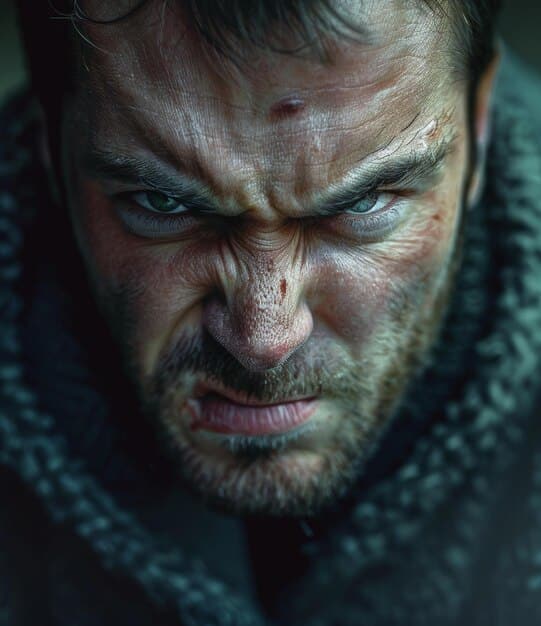
Special Effects: Magic and Monsters
Season 3 showcased magic, monster design, and environmental effects. The quality of these visual elements played a crucial role in bringing the Continent to life.
Enhancing Magic Realism
The series employed a mix of practical and digital effects to make magic believable within the world. This approach grounded fantastical elements in reality.
Memorable Monster Designs and Their Creation
New creatures like the Jackapace, designed by creature concept designer Laurent Demianoff added to the bestiary. The process involved detailed concept art and CGI.
- Jackapace: This armored quadruped challenged Geralt with its unique design and abilities.
- Wild Hunt Phantom: These wraiths brought the spectral terror from the novels to life.
- Leshy Transformation: The transformation of this forest spirit was a haunting visual.
The special effects in “The Witcher” Season 3 showed effort in monster and magic design. The visual spectacle immersed the audience while preserving the essential integrity of the Continent’s fantastic components.
CGI vs. Practical Effects: Finding the Balance
The show aimed to strike a balance between CGI and practical effects. This balance influenced the end result for both actors and viewers.
The Importance of Practical Effects on Set
Practical effects provided tangible elements for actors to interact with. This approach increased realism in performances and enhanced the authenticity of the world.
When CGI Shines: Expanding the Scope
CGI played a role in expanding the scope of the show, showing magical and monstrous elements. This helped to create the world from the pages of the novels.
- Spellcasting Visualizations: Required extensive CGI to be convincing.
- Large-Scale Battles: CGI was used to depict the scope of armies and environments.
- Monster Integration: CGI brought the monsters to life in a seamless and threatening manner.
The balance between CGI and practical effects had a substantial impact on the overall texture of “The Witcher” Season 3. By incorporating tangible elements where possible, the series grounded the performances and visuals in a more believable reality. This allowed for a greater immersion and investment in the narrative, as viewers were presented with a world that felt both fantastical and real.
Fan Reception and Critical Acclaim
Fan reception and critical acclaim were based on production quality and story impact. Both had an impact on the show, and the special effects influenced viewer reception.
Viewer Reactions to Battle and Effects
Viewers often commented on the quality of the battles and effects. These reactions influenced the popularity and reputation of the series.
Critics’ Takes: Highs and Lows
Critics noted how the special effects affected the series’ quality. Overall feedback helped shape the perception of Season 3.
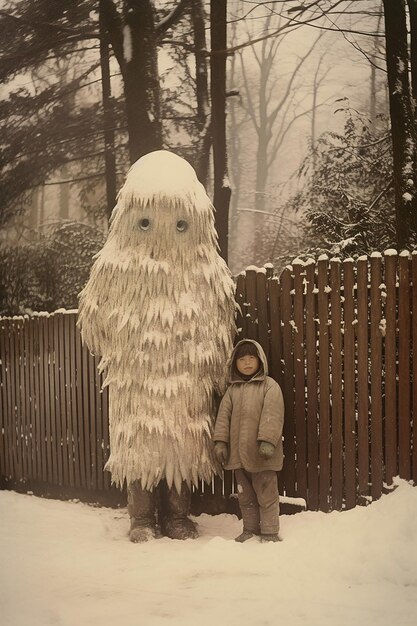
Analyzing Key Battle Sequences
Several key battle sequences stand out in “The Witcher” Season 3. These fights showcased the evolution of both the characters and the show’s production values.
The Thanedd Coup: A Showcase of Chaos
The Thanedd incident included magic and melee combat. Characters showcased their abilities and fought for survival.
Shaerrawedd: Action in a Ruined Castle
The engagement at Shaerrawedd highlighted Geralt’s skill. It was a tactical feat of survival against great odds.
- Geralt’s Tactical Ingenuity: Used the environment to his advantage.
- Yennefer’s Magical Prowess: Displayed her skills in offensive and defensive magic.
- Ciri’s Resilience: Demonstrated her resolve and fighting skills in a tight spot.
These battle sequences in Season 3 of “The Witcher” presented well-choreographed spectacles and also functioned as critical plot points. The combination of dynamic camera work, practical effects, and CGI enhancements raised the stakes, providing significant emotional depth to the broader story. Each fight exposed vulnerabilities, strengthened alliances, and propelled the characters toward their destinies, thereby enriching the narrative.
The Future of Visual Effects in ‘The Witcher’
The future of visual effects in “The Witcher” could take many routes. The possibilities are as expansive as the Continent itself. The series may expand its scope with bigger budgets. It might also refine its techniques with technological innovation.
Technological Advances on the Horizon
New technologies could improve and streamline VFX processes. These advancements could make the series more stunning and effective.
Fan Expectations for Future Seasons
Fan expectations are high for future seasons of the show. These expectations will influence the direction and emphasis of the special effects.
In summary, the future direction of visual effects in “The Witcher” depends on the combined factors of technology, finances, and creative vision. It is a synergistic interaction that can either cement the series as a benchmark of high fantasy television or risk alienating its core fan base. As the medium evolves, so too must the approach to special effects, always with the goal of serving the narrative.
| Key Aspect | Brief Description |
|---|---|
| ⚔️ Combat Choreography | Dynamic fights enhanced by character motivations and strategic depth. |
| ✨ Special Effects | Blended CGI and practical effects to bring magic and monsters to life authentically. |
| 🎬 CGI vs. Practical | Balance between practical and digital elements enhanced viewer engagement and realism. |
| 🔮 Memorable Moments | The Thanedd Coup and Shaerrawedd ambush showcased visual and narrative stakes. |
Frequently Asked Questions
The combat in season 3 focused on character development and storyline advancement, rather than simply displaying action. The choreography was more intimate and strategic.
Practical effects were used to provide tangible elements on set, while CGI expanded magic and monsters. This blend enhanced realism and fantastical elements.
The Jackapace made its debut in season 3! This distinctive quadruped presented new challenges for Geralt with its armored design and ferocious abilities.
Viewers commented on the quality of the action and effects, which influenced the series’ popularity and reputation. Many praised the blend of CGI and action in fight scenes.
Advanced CGI, real-time rendering, and AI-driven effects could streamline VFX and improve the integration of digital and physical elements, enhancing visual capabilities.
Conclusion
Season 3 of ‘The Witcher’ showcased a strong blend of battle choreography and special effects, bringing the Continent to life. Through character-driven combat and a balance of practical and digital effects, the series delivered new levels of immersion and engagement.

